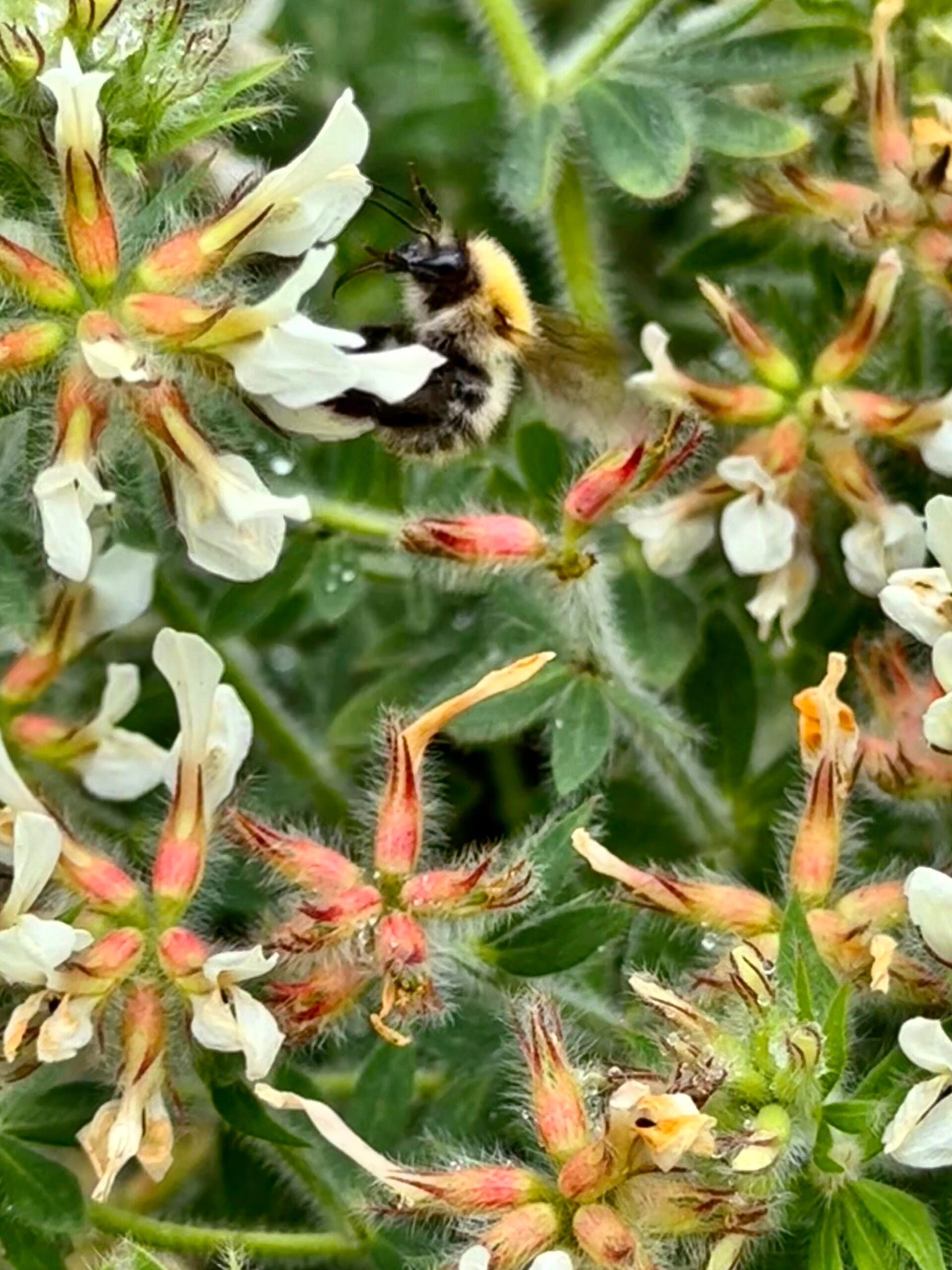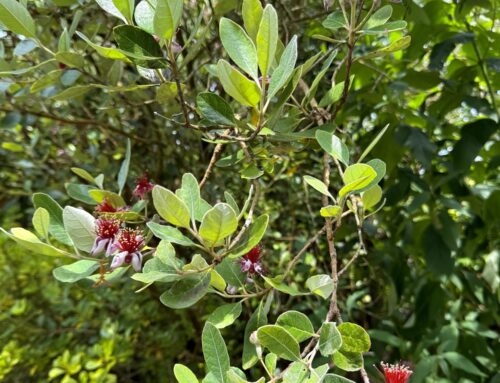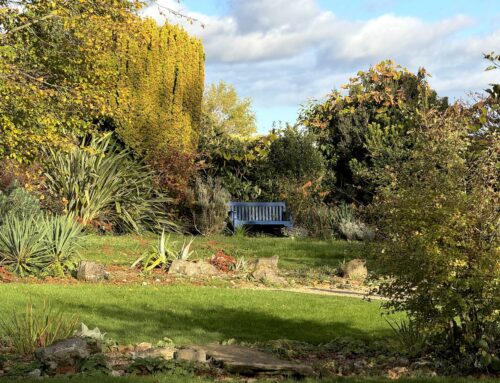 Plant-of-the-month: Hairy Canary Clover (Lotus hirsutus)
Plant-of-the-month: Hairy Canary Clover (Lotus hirsutus)
When I first saw a potted Hairy Canary Clover, I was unimpressed. It was a straggly, unpromising specimen that had only a few flowers and a few red berries to recommend it.
I was unconvinced.
A year later, it is planted in the gravel garden in front of the Cottage where the free-draining soil and long, sunny hours present the perfect conditions for this drought tolerant Portuguese native. It has formed a lovely, small silvery mound that is unlikely to exceed 60cm (24 inches) in height 1m (3 feet) wide. For weeks it has been covered with white and pink clover-like flowers that attract innumerable bees. The flowers that have faded are already forming small reddish pink berries that will become black as the season moves on.
Hardy to -10°C (14°F), it is a tough little plant that seems to have few problems other than aphids (think bird and ant food) and mealy bugs. It is deer and rabbit resistant and thrives in hot, coastal conditions.
In the Cottage gravel garden, Hairy Canary Clover, a member of the legume family, looks fabulous surrounded by spiky yuccas, soft fennels, and towering Euphorbia wulfenii. It even looks lovely in winter when its soft evergreen foliage continues to add textural contrast. A bit of a prune after blooming stimulates fresh foliage and helps keep the plant from spreading too much.
The name Lotus hirsutus dates to Linnaeus, the so-called ‘Father of Binomial Nomenclature’ (the system of giving each plant a Latin genus name and a species name); ‘Lotus’ comes from the Greek name ‘lotos’ describing leguminous plants and ‘hirsutus’ means ‘hairy’, a reference the plant’s fuzzy leaves. The plant was apparently already in cultivation in Britain by 1683, so it has been around a long time.
And will be here in the Garden for a long time, too.






